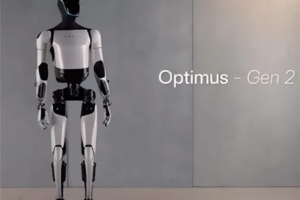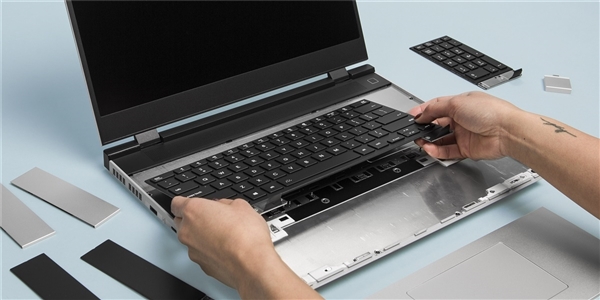March 28, 2024 – Despite undergoing numerous iterations and updates over the years, some aspects of the Windows operating system have remained surprisingly unchanged. One such example is the formatting interface, which has retained its original design for an astonishing three decades.

According to Dave Plummer, a former programmer at Microsoft, the Windows formatting interface was originally designed by him in 1994 as a temporary solution. However, much to his surprise, it has persisted until today.
Plummer recalls that his team was busy transitioning various UI designs from Windows 95 to the more stable Windows NT platform. One of the new features they were working on was hard drive formatting, which required a fresh UI design. On a rainy morning, he sketched out the various options needed for hard drive formatting, including file system, cluster size, volume label, compression, encryption, and quick format.
Using Visual C++ 2.0 and a resource editor, Plummer then developed the interface by arranging these options vertically in a simple stack. He acknowledges that the design was far from elegant and was intended as a temporary measure until a better solution could be implemented. However, despite his expectations, the interface ended up sticking around for decades.
While the formatting interface may not be visually appealing, its simplicity, practicality, and stability have arguably contributed to its longevity. In contrast, many of the recent changes made to Windows, such as the Start menu, taskbar, and context menus, have been criticized for being overly complicated and less user-friendly.
Plummer also reveals that the decision to limit FAT32 file system support to partitions of only 32GB was a somewhat arbitrary one, based solely on concerns about space wastage due to excessive clusters. Of course, FAT32 has now largely been superseded by NTFS, which offers superior performance and functionality.
During his tenure at Microsoft in the 90s and early 2000s, Plummer contributed to various aspects of MS-DOS and Windows development, including the Task Manager, the Space Cadet pinball game, and the activation system for the first edition of Windows XP. He left the company in 2003.












